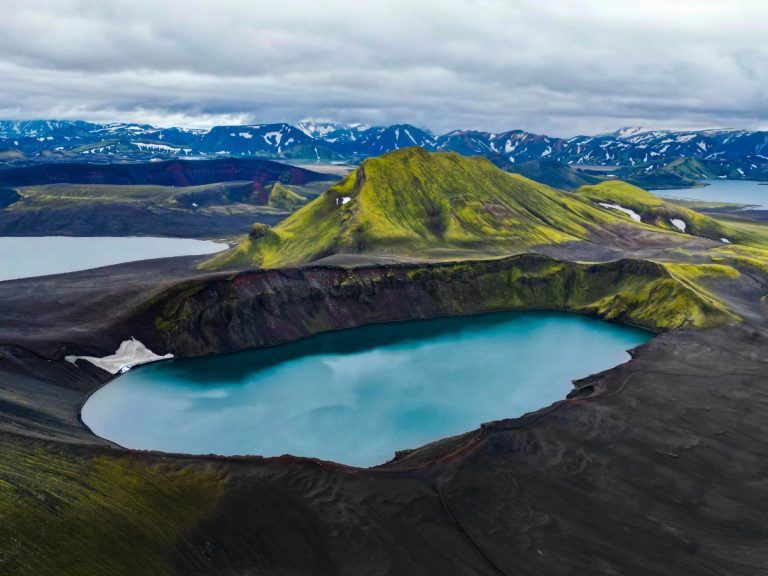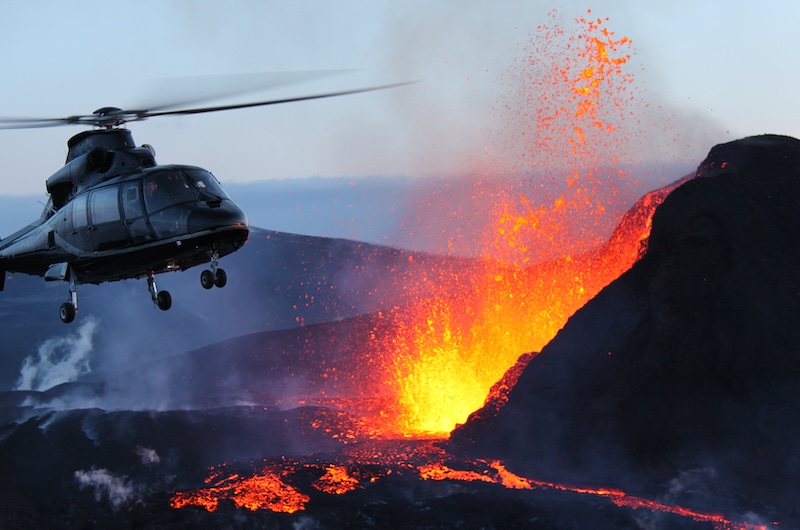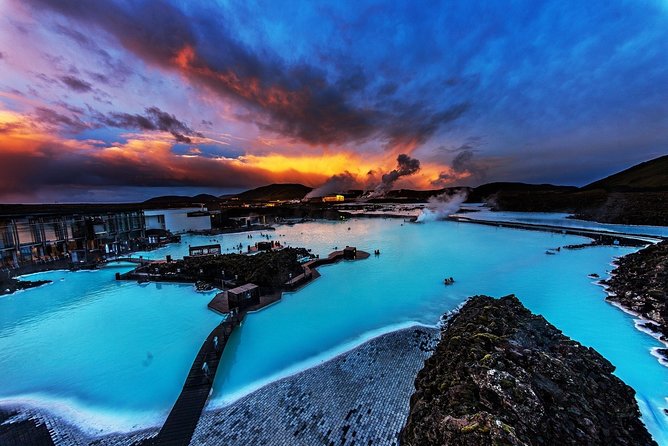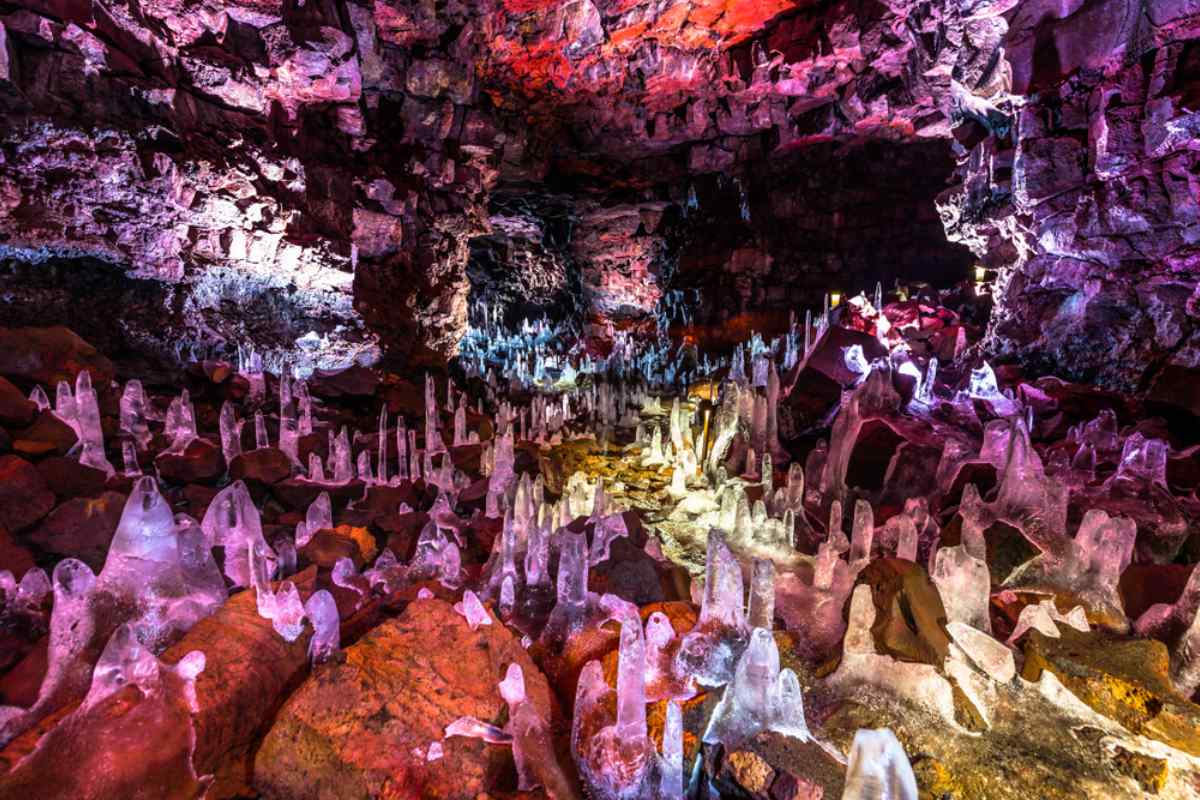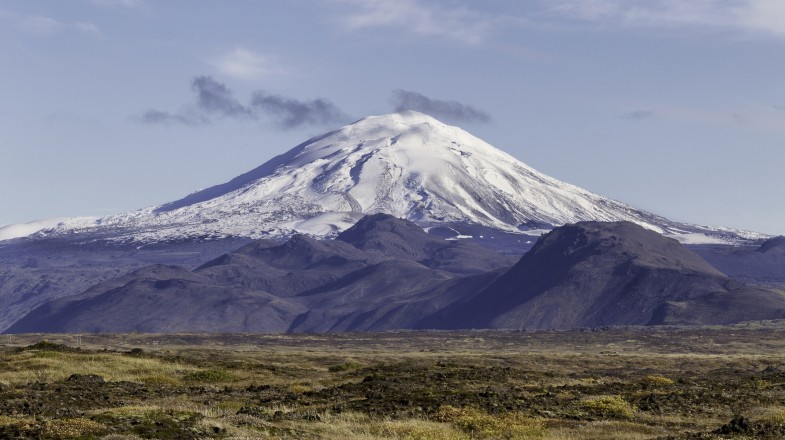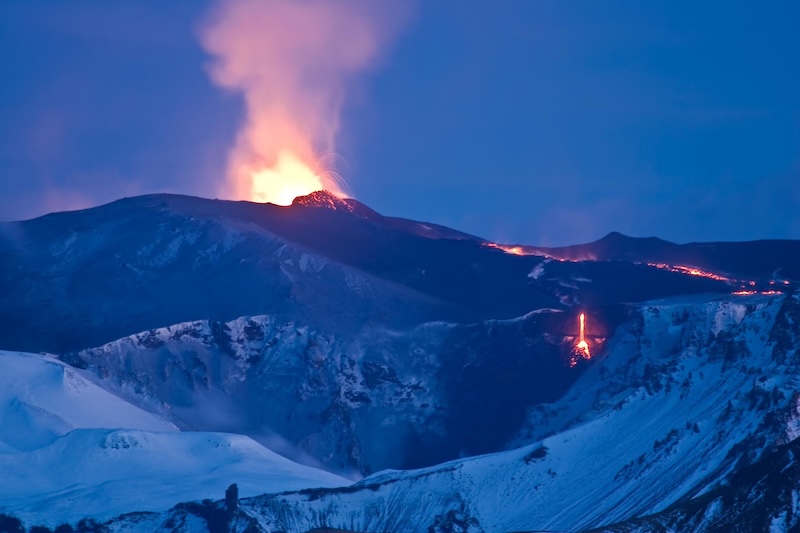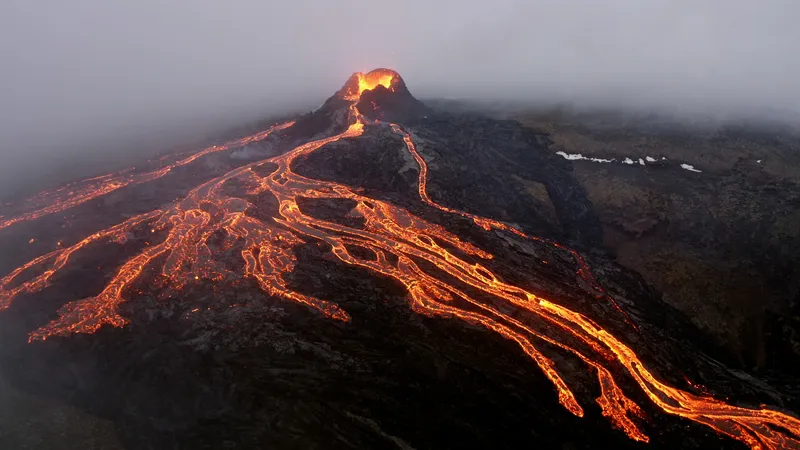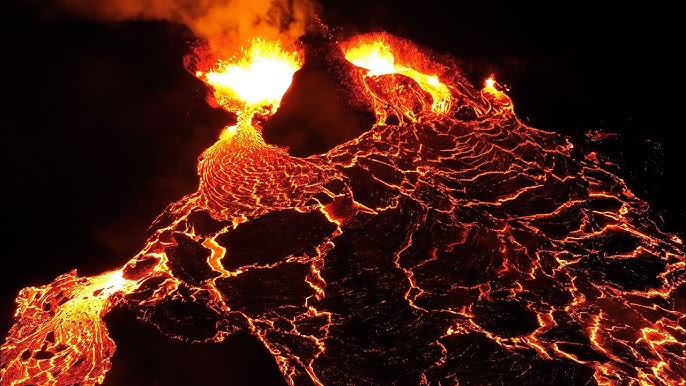
Iceland Volcano Tour
Epic Adventures Through Lava Fields & Active Craters
Witness Iceland’s most dramatic volcanic landscapes with expert guides.
Hike fresh lava trails, explore giant craters, and feel the force of a real volcanic eruption.
One of the top tours in Iceland for photographers, thrill-seekers, and geology lovers alike.
